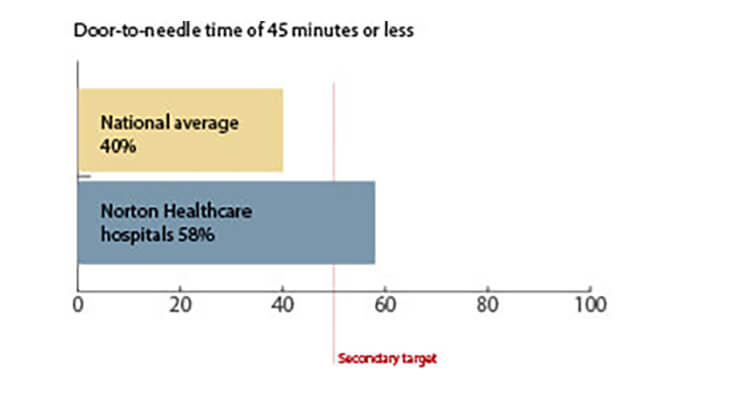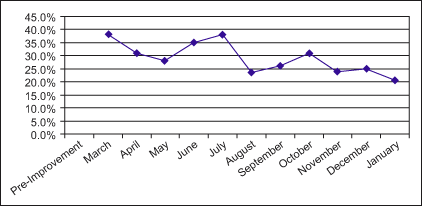A bacterial or viral infection of the fluid surrounding the brain and spinal cord usually causes the swelling. Viral meningitis is an infection of the meninges a thin lining covering the brain and spinal cord by any one of a number of different viruses.
Eine Meningokokken-Infektion ist eine schwere Krankheit die innerhalb weniger Stunden lebensbedrohlich werden kann.

Meningitis quarantine time. Besonders häufig betroffen sind Kleinkinder und Jugendliche im Alter zwischen 15 und 19 Jahren. It is a fairly common disease. Other symptoms include confusion or altered consciousness vomiting and an inability to tolerate light or loud noises.
FORT ORD Calif Oct. Children are especially vulnerable to bacterial meningitis. Quarantine noun PEOPLE OR ANIMALS C or U a specific period of time in which a person or animal that has a disease or may have one must stay or be kept away from others in order to prevent the spread of the disease.
Etwa ein Drittel der Fälle wird allein von Januar bis März diagnostiziert. It is important to know the specific cause of meningitis because the treatment differs depending on the. Brown asked the Secretary of the Army tonight to quarantine Fort Ord and suspend recruit training there.
However injuries cancer certain drugs and other types of infections also can cause meningitis. Symptoms begin within a week after exposure. Vorsicht ist auch bei Reisen nach Asien oder Südamerika geboten.
CDC will continue to evaluate new information and update recommendations as needed. Almost all of the cases occur as single isolated events. In Deutschland kommen Meningokokken-Erkrankungen selten vor im Jahr etwa 4.
2021 The New York Times Company. 500-700 cases are reported each year in New York State. Viral meningitis tends to get better on its own within 7 to 10 days and can often be treated at home.
Meningitis is an acute inflammation of the protective membranes covering the brain and spinal cord known collectively as the meninges. For viral meningitis the incubation period can range widely from only a few days to a few weeks. Most often its caused by viral or bacterial infection.
CDC continues to endorse quarantine for 14 days and recognizes that any quarantine shorter than 14 days balances reduced burden against a small possibility of spreading the virus. This it was understood was ordered on the theory that the incidence of meningitisan inflammation of the membranes enveloping the brains and spinal cordis low among older persons. Ja die bakterielle Meningitis tritt verstärkt im Winter und Frühling auf.
13 UPIA 22yearold recruit died of meningitis at this army training center todaytwo days after the Pentagon ordered strict quarantine measures at the post to. Die virale Meningitis tritt dagegen bevorzugt im Herbst und Frühjahr auf. Die Bakterien Neisseria meningitidis auch Meningokokken genannt verursachen meist eine eitrige Hirnhautentzündung die sogenannte Meningitis seltener eine Blutstrominfektion.
9 UPI Gov. Meningitis is an inflammation swelling of the protective membranes covering the brain and spinal cord. The most common symptoms are fever headache and neck stiffness.
Getting plenty of rest and taking painkillers and anti-sickness medication can help relieve the. Fourteen servicemen have died at the post. However in some individuals bacterial meningitis symptoms can occur as rapidly as 24 hours.
The incubation period for bacterial meningitis the most serious types of meningitis is about three to five days after initial contact with the microbe.

